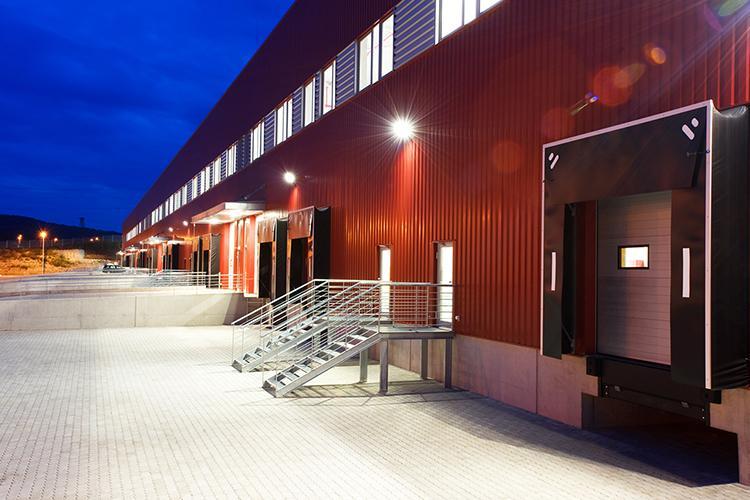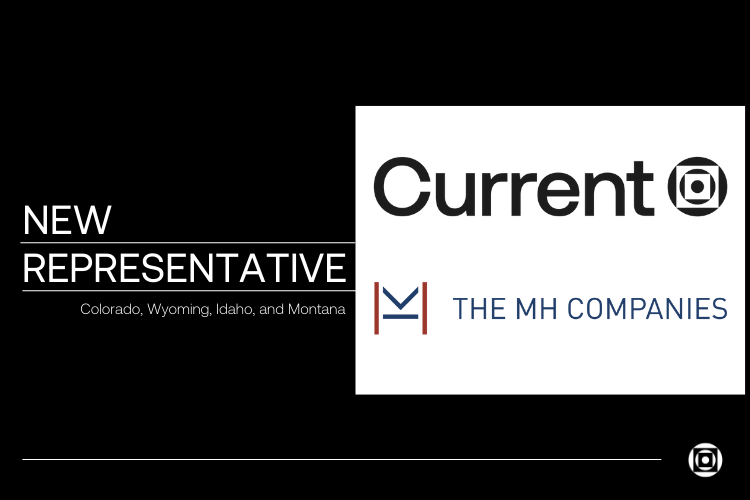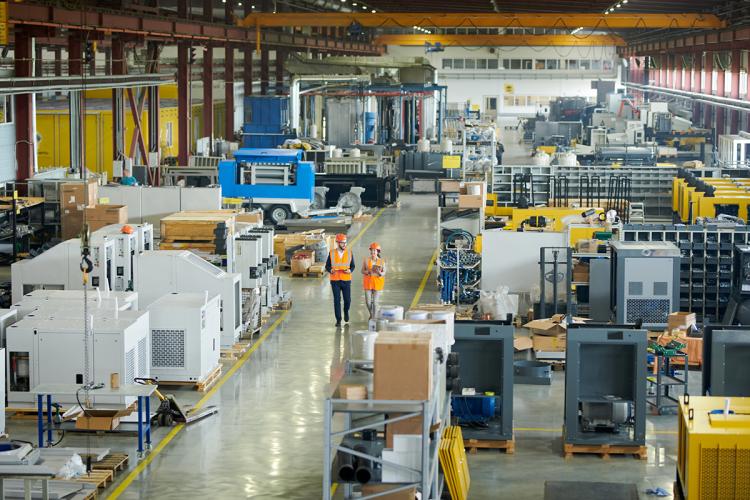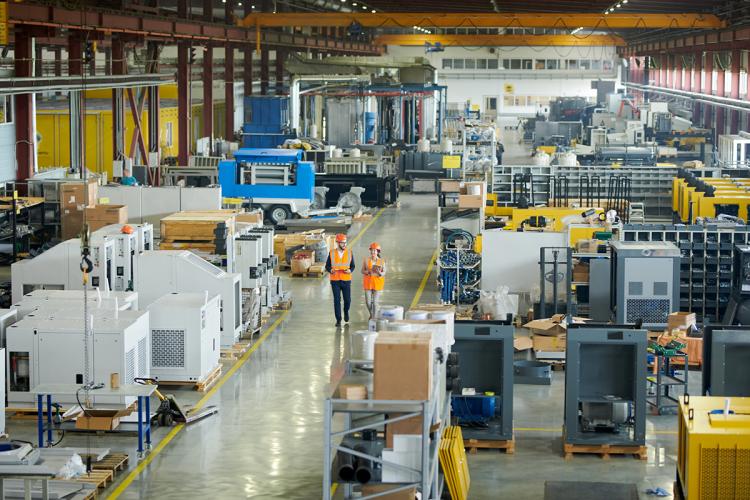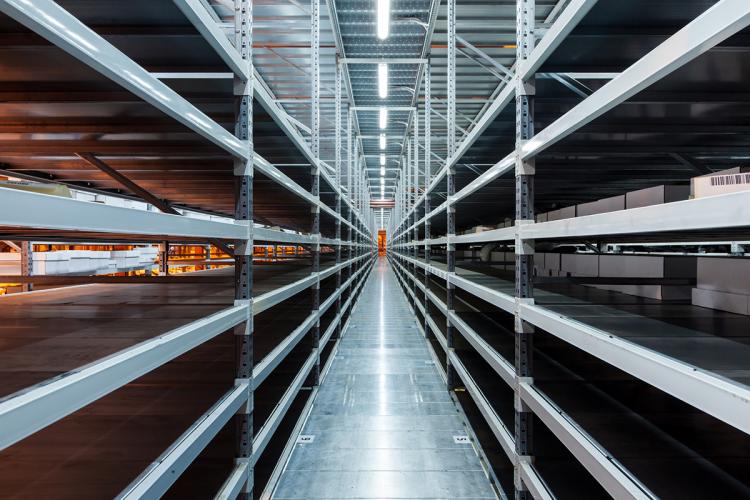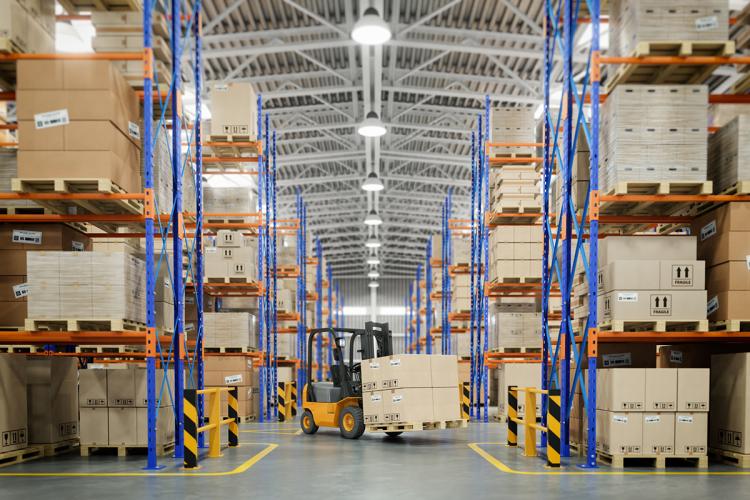Seven Reasons LED Makes Sense for Industrial Applications Lighting
Seven Reasons LED Makes Sense for Industrial Applications Lighting
LED lighting has swept the conventional lighting marketplace—and it’s doing the same for industrial facilities of all stripes.
Extended lifespans. Reduced energy consumption. Lower maintenance. By 2030, the Department of Energy estimates that LED lighting could save 190 terawatt hours of electricity per year, which is equal to a whopping $15 billion. And to top it off, purchase prices for lamps and fixtures continue to fall, helping an increasing number of facility managers to upgrade their lighting with LED.
Check out seven reasons you should consider it yourself:
1 | Energy Efficiency
LEDs use about 40–70 percent less electricity than traditional incandescent, fluorescent and halogen lighting options, leading to substantial energy cost savings. These savings are compounded within applications where lighting is on for extended periods of time. Further, LED fixtures can aim light hemispherically, or in specific directions, unlike conventional bulbs that emit light (and wasted energy) spherically in all directions. This directional capability reduces wasted light and energy, further contributing to savings.
2 | Extended Life
Unlike incandescent lighting, LEDs never “burn out,” they simply become dimmer over time. Quality LEDs have a rated life of 100,000 hours at L70, or at least 70 percent of the initial light output, depending on the lamp and fixture. LED systems can reduce labor spent on replacing bulbs due to their extended life in commercial and industrial environments, helping you achieve reduced overall maintenance costs.
3 | Durability
Further contributing to reduced maintenance costs, LED systems are tough. Without filaments or glass enclosures, LED fixtures are breakage resistant and largely immune to vibration and other impacts, meaning they’re perfectly tailored to the industrial environment. Traditional lighting is usually contained in a glass or quartz exterior, while LEDs are instead mounted on a circuit board and connected with soldered leads that can be vulnerable to direct impact—but no more so than your smartphone.
4 | Instant On
Many fluorescent and HID lamps don’t provide full brightness immediately, often requiring about three minutes to reach maximum output. LED systems, by contrast, emit 100 percent brightness immediately, with no re-strike delay. For industrial facilities, this is critical in the event of a power outage or early morning hours.
5 | Rapid Cycling
Traditional light sources tend to have a shorter lifespan the more they’re switched on and off, where LED systems remain unaffected by rapid cycling. If you’re considering a system that includes smart controls like occupancy sensing and daylight harvesting in parts of your facility, LED lighting is the perfect fit.
6 | A Foundation for Intelligence
LED systems, are semiconductor devices at heart—they emit light, of course, but they can do so much more. LEDs are inherently compatible with advanced new systems that can bring holistic new energy efficiencies to any facility. With LED, facility managers can continuously monitor performance to ensure and identify opportunities for savings and can incorporate lighting with other systems—from energy storage, solar and gas fire technology options.
7 | No IR or UV Emissions
Less than 10 percent of the power used by incandescent lamps is actually converted to visible light; the majority of power is converted into infrared (IR) or radiated heat. Excessive heat and ultraviolet radiation (UV) presents a burn hazard to people and materials, which can be doubly concerning if used in an industrial environment that may contain hazardous chemicals, sophisticated machinery and more. LED systems emit virtually no IR or UV. Rapid advancements in LED lighting technologies, with more improvements on the horizon, have resulted in lowered costs and increased reliability of LEDs. And while it may be tempting to assume LEDs are the right choice for all applications because of their energy efficiency, selection should be based on a combination of factors, including light quality and distribution, dimmability and expected lifetime.
Explore what's possible with smart LED and other technologies for industrial facilities with Current.


